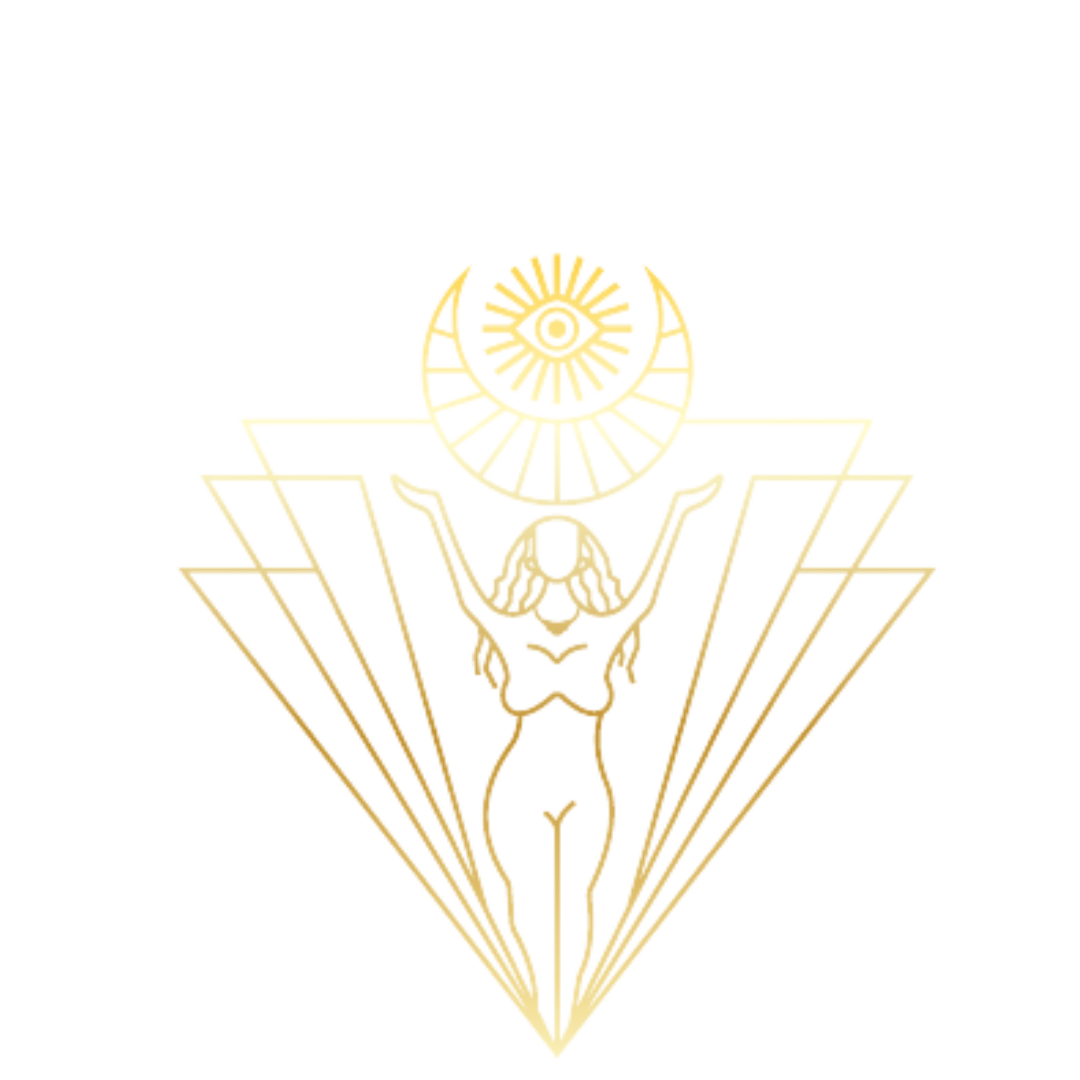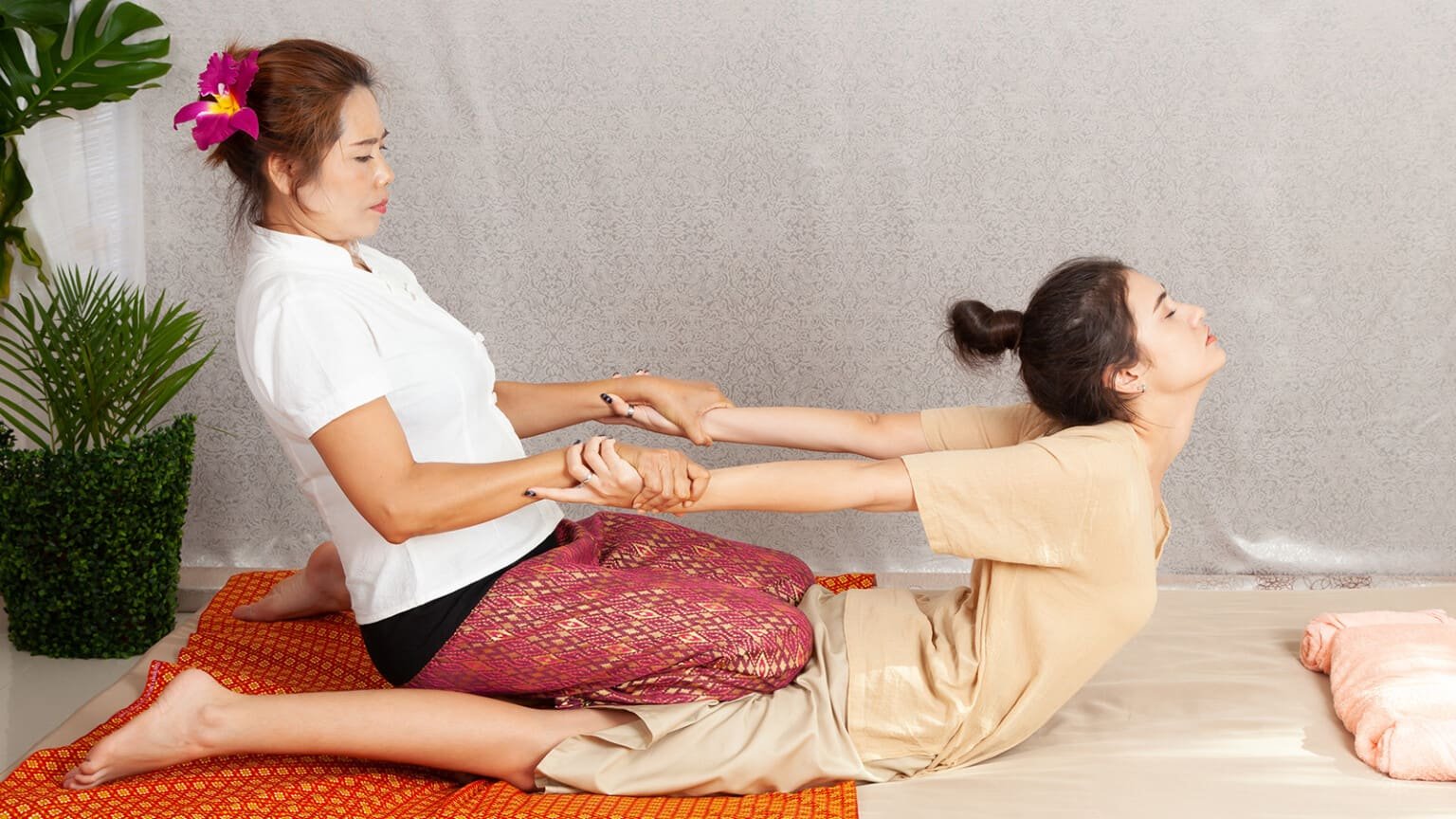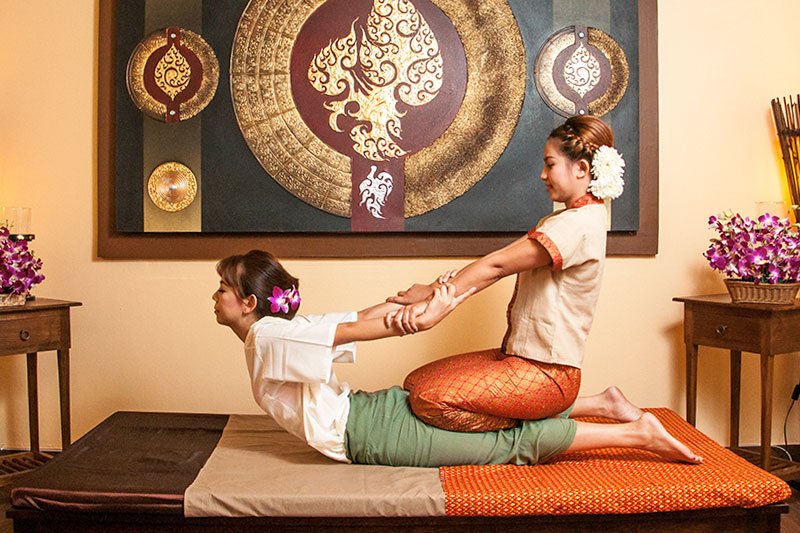BREATHWORK
Breathwork can be a powerful tool for self-care and holistic well-being, offering a pathway to connect the mind, body, and spirit. You may connect to The Divine through the simple act of conscious breathing.
Breathwork can be a powerful tool for self-care and holistic well-being, offering a pathway to connect the mind, body, and spirit. You may connect to The Divine through the simple act of conscious breathing.
Breathwork encompasses various techniques and practices that focus on intentional control and manipulation of breathing patterns to improve mental, emotional, and physical well-being. It involves conscious regulation of breath to induce regulation or intentional stimulation of the nervous system.
Breathwork finds application in various practical contexts, offering a versatile toolkit for enhancing well-being, managing stress, improving focus, and promoting overall health. Here are practical ways breathwork is used:
Stress Reduction and Relaxation:
Daily Practice: Integrating simple breathing exercises into daily routines helps reduce stress and promotes relaxation. Techniques like deep diaphragmatic breathing or 4-7-8 breathing can be practiced for a few minutes each day.
Before Stressful Situations: Engaging in focused breathing exercises before facing stressful situations, such as meetings, exams, or presentations, helps calm nerves and enhances mental clarity.
Enhancing Physical Performance:
Athletic Training: Controlled breathing techniques like the Wim Hof Method or rhythmic breathing are used by athletes to enhance endurance, manage fatigue, and optimize performance during training or competitions.
Yoga and Exercise: Mindful breathing is a fundamental aspect of yoga and exercise routines. Coordinating breath with movement enhances body awareness, improves stamina, and supports proper technique.
Emotional Regulation and Mental Clarity:
Managing Emotions: Breathwork techniques aid in managing emotions by promoting self-awareness and regulating the body's stress response. Practices like alternate nostril breathing or guided breath meditations foster emotional balance.
Focus and Concentration: Breathing exercises such as box breathing or deep, deliberate breaths are used to enhance focus, increase attention span, and improve mental clarity for tasks requiring concentration.
Improving Sleep and Relaxation:
Pre-Bedtime Routine: Techniques like progressive relaxation breathing or 4-7-8 breathing are employed to promote relaxation and improve sleep quality when practiced before bedtime.
Managing Anxiety and Mental Health:
Anxiety Management: Breathwork serves as an effective tool in managing anxiety. Techniques like equal breathing or coherent breathing help calm the nervous system and reduce anxiety symptoms.
Supportive Therapeutic Applications:
Therapeutic Settings: Breathwork is used in therapeutic settings, such as psychotherapy or trauma healing, to facilitate emotional processing, release tension, and support overall mental health.
Holistic Wellness Practices:
Meditation and Mindfulness: Breathing exercises are central to meditation and mindfulness practices. Techniques like mindful breathing or body scan meditations enhance mindfulness and self-awareness.
Emergency Stress Relief:
Quick Stress Relief: Simple breathing exercises like deep belly breathing or 4-4-4-4 breathing can be used on-the-spot during moments of acute stress or panic to calm the body and mind.
Social and Interpersonal Benefits:
Social Situations: Controlled breathing exercises can help manage stress during social interactions, public speaking, or moments of nervousness.
Breathwork's adaptability makes it a valuable tool that can be integrated into various aspects of life, offering practical and accessible means to improve physical health, emotional well-being, and overall quality of life.
Types of Breathwork
1. Diaphragmatic Breathing: Also known as belly breathing, this technique involves deep inhalation where the diaphragm moves downward, allowing the lungs to fill with air. It helps reduce stress and increase oxygen intake.
2. Pranayama: Rooted in yoga, Pranayama consists of different breathing exercises designed to regulate and control the breath to balance the body's energy, calm the mind, and enhance vitality.
3. Holotropic Breathwork: Developed by Stanislav and Christina Grof, this method involves controlled breathing to induce altered states of consciousness for self-exploration and healing.
4. Wim Hof Method: This technique combines specific breathing patterns, cold exposure, and mindset practices to improve energy levels, reduce stress, and enhance immune function.
Techniques and Practices
Box Breathing: Inhale, hold, exhale, and hold again for equal counts, creating a box-like pattern. It promotes relaxation and focus.
Alternate Nostril Breathing: A yogic technique where you inhale through one nostril, exhale through the other, and alternate. It helps balance energy and calm the mind.
4-7-8 Breathing: Inhale for 4 seconds, hold for 7 seconds, and exhale for 8 seconds. It aids in relaxation and can assist in falling asleep.
Practicing Breathwork:
Find a comfortable, quiet space to practice.
Start with gentle, controlled breathing techniques.
Focus on your breath, maintaining a relaxed and steady rhythm.
Gradually explore and experiment with different breathwork methods to find what resonates best with you.
Written by Cassandra
The Magic of Herbalism
Herbalism, an ancient practice rooted in nature's wisdom, weaves a tapestry of folklore, healing, and botanical wonders. Join us on a journey through the enchanting world of herbalism, delving into fascinating folklore, exploring noteworthy herbs, and uncovering lesser-known aspects of this age-old tradition.
Exploring Nature’s Bounty
Herbalism, often referred to as herbal medicine or phytotherapy, embodies a holistic approach to health and wellness rooted in the therapeutic properties of plants. It is the practice of utilizing herbs, botanical extracts, and natural remedies to promote well-being, address health concerns from the inside-out, and proactively maintain balance within the body, mind, and spirit.
Herbalism's lore is adorned with charming stories, passed down through generations. From the tale of Lavender's calming properties to the mystical prowess of Sage in cleansing spaces, folklore intertwines with herbal remedies, infusing them with cultural significance and magic.
Honoring Nature as the world’s Pharmacy, Herbalism is the practice of alchemizing plants into food and medicine. It delves into the energetic qualities of plants, classifying them based on properties like cooling, warming, moistening, or drying, and aligning them with body systems for tailored treatments. and holistic health approaches based on herbal properties.
Herbalists create tinctures, teas, infusions, decoctions, salves, and other preparations using herbs. Ethically foraging herbs from their natural habitats, known as Wildcrafting, encourages sustainable harvesting to respect nature's balance. Some commonly used herbs:
Lavender (Lavandula angustifolia):
Renowned for its soothing aroma and calming effects, Lavender finds its place in teas, essential oils, and skincare, offering relaxation and stress relief.
Echinacea (Echinacea purpurea):
Known for its immune-boosting properties, Echinacea is hailed as a go-to herb for combating colds and flu, promoting overall wellness.
Turmeric (Curcuma longa):
Turmeric, which comes from its more potent source of Circumin, is celebrated for its anti-inflammatory and antioxidant properties. It’s a staple in traditional medicine, aiding in various health concerns.
Native Herbs of Missouri and Hawaii
MO: American Ginseng, Wild Bergamot, Black Cohosh, and Blue Cohosh
HI: Noni, Awapuhi (Hawaiian Ginger), Mamaki, Kava
In our modern world, herbalism continues to thrive as individuals seek natural alternatives, embrace holistic approaches to health, and reconnect with traditional wisdom. It serves as a complementary or alternative approach to conventional medicine, offering a wealth of options for promoting wellness and vitality. Herbalism stands as a testament to humanity's enduring relationship with nature and reverence for the botanical treasures our planet generously bestows upon us.
Written by Cassandra
Thai Massage
Step into the tranquil world of Thai massage, and let its transformative power guide you on a journey of holistic well-being.
Exploring the Tranquil World of Thai Massage
In a bustling world filled with stress and constant demands, finding a serene oasis for relaxation and rejuvenation has become essential. The ancient practice of Thai massage combines a unique blend of therapy and tranquility. Acupressure, passive stretching, and assisted yoga postures are used in the practice to promote relaxation, improve flexibility, and balance the body's energy pathways.
During a Thai massage session, the recipient lies on a comfortable mat while the practitioner uses their hands, thumbs, elbows, and feet to apply pressure on specific points along the body's energy lines or “sen.”
The practitioner also gently stretches and manipulates the recipient's body into various yoga-like positions, targeting both the muscles and the joints for somatic releases (gentle releases in the body). Thai massage is generally considered safe for most individuals, but it's important to communicate any health concerns or specific conditions to the practitioner beforehand.
It is typically performed with the recipient fully clothed, and the pressure and intensity of the massage can be adjusted to suit individual preferences and needs.
Thai massage offers a wide range of benefits for both the body and mind.
Increased Flexibility: Through gentle stretching and assisted yoga poses, Thai massage helps improve flexibility, joint mobility, and range of motion. It releases tension and stiffness in muscles, promoting better posture and overall body alignment.
Pain Relief: Thai massage can alleviate muscular pain, headaches, and other common ailments. The acupressure techniques and stretching movements stimulate blood circulation, promoting the flow of oxygen and nutrients to the tissues and facilitating the release of endorphins, the body's natural painkillers.
Enhanced Energy Flow: Thai massage focuses on balancing the body's energy pathways, meridians, and/or acupuncture points. By clearing blockages and restoring the smooth flow of energy, it can help improve vitality.
Improved Sleep: The deep relaxation and stress reduction achieved through Thai massage can help improve sleep quality. It calms the mind, reduces restlessness, and encourages a sense of tranquility, promoting better rest and rejuvenation.
Mind-Body Connection: Thai massage incorporates elements of meditation and mindfulness. It fosters a deeper connection between the mind and body, promoting a sense of inner peace, harmony, and self-awareness.
Embracing Mindful Surrender:
Thai massage extends far beyond the realm of physical therapy. It embraces the concept of mindful surrender, allowing oneself to fully let go and be present in the moment. As the practitioner gracefully guides your body through a symphony of gentle stretches and acupressure techniques, you can embark on a journey of deep relaxation and introspection.
Awaken Your Body's Inner Wisdom:
Through the intricate dance between practitioner and recipient, Thai massage facilitates a profound connection with the body's innate wisdom. As you surrender to the flow of each movement and breath, you become more attuned to the whispers of your body, discovering areas of tension which are probably inviting release. This heightened awareness fosters a sense of harmony and balance within.
A Gateway to Emotional Release:
Beyond the physical benefits, Thai massage also acts as a gateway to emotional healing. Stored emotions and stress can manifest as muscular tension within the body. The expert touch of a skilled Thai massage practitioner can help release these emotional blockages, allowing a gentle wave of catharsis to wash over you. It's not uncommon to feel a sense of emotional lightness and clarity following a session.
An Artistic Symphony of Movement:
Thai massage is often likened to a beautifully choreographed dance, with the practitioner's hands and feet gracefully orchestrating each movement. The fluidity and precision of their touch, combined with a deep understanding of the body's energy lines, create a symphony of healing that resonates throughout your being. Each session is a unique masterpiece, tailored to your body's specific needs.
Cultivating a Sense of Wholeness:
Thai massage goes beyond the physical body, working holistically to integrate mind, body, and spirit. By harmonizing the energy pathways within, it brings a profound sense of wholeness and unity. The stillness of the mind, the release of tension in the body, and the restoration of energy flow culminate in a state of profound relaxation and inner peace.
Thai massage offers a transcendent experience that extends far beyond the mere facts and benefits. It is a gateway to self-discovery, a pathway to inner peace, and a reminder of the exquisite beauty that lies within each of us. As you immerse yourself in this ancient healing art, allow yourself to embrace the mindful surrender, awaken your body's wisdom, and experience the symphony of movement that unfolds before you. Step into the tranquil world of Thai massage, and let its transformative power guide you on a journey of holistic well-being.
If this peaked your interest, we invite you to explore our Divine Library, where we offer more information of different healing modalities on massage therapy.
We often have Thai massage practitioners at our Divine Productions events, so if this piques your curiosity we invite you to join us in the next community healing session.
Written by Kaileah, Edited by Cassandra
Massage Therapy
Massage has been used for thousands of years across many cultures, practices, and metaphysical traditions as a therapeutic practice to improve physical, emotional, and spiritual well-being. Divine Productions often implement massage therapy in our events.
in its many forms
Ayurvedic massage is based on the principles of Ayurvedic medicine, which emphasizes the balance between mind, body, and spirit. Ayurvedic massage typically involves the use of warm herbal oils, which are chosen based on the individual's constitution or dosha. The oils are believed to penetrate deep into the skin, nourishing the tissues and promoting relaxation. Ayurvedic massage also involves the use of pressure points and energy meridians to stimulate the flow of prana or life force throughout the body.
Spiritually, massage has been used across many cultures as a way to connect with the divine or higher power. In some spiritual traditions, massage is believed to be a sacred act that allows the practitioner to channel healing energy to the recipient. Some practitioners may also incorporate prayer, meditation, or other spiritual practices into their massage sessions to enhance the spiritual connection.
Metaphysical healing practices often incorporate massage as a way to release energy blockages and promote healing. Massage can be used to balance the chakras, the energy centers in the body, and promote the flow of energy throughout the body. Some metaphysical practitioners may also use essential oils or other tools, such as crystals, during their massage sessions to enhance the healing energy.
Self-massage is another powerful tool for healing and promoting well-being. It can be done anywhere and anytime, making it an accessible and convenient practice. Self-massage can be used to reduce stress, improve circulation, and release tension in the body. Practicing self-massage also allows individuals to connect with their own bodies and promote self-love and self-care.
Thai massage is a traditional form of massage that originated in Thailand. It involves the use of stretching, compression, and acupressure techniques to release tension in the body and promote relaxation. Thai massage is often performed on a mat on the floor, and the practitioner uses their hands, feet, and elbows to apply pressure to specific points on the body.
Oil and dry massages are other popular forms of massage that can be used for a variety of purposes. Oil massages involve the use of warm herbal oils, which are massaged into the skin to nourish and moisturize the tissues. Dry massages, on the other hand, do not use any oils and involve the use of friction, pressure, and other techniques to release tension in the body.
Wood therapy is a newer form of massage that has gained popularity in recent years. It involves the use of wooden tools, such as gua sha boards and rollers, to manipulate the skin and underlying tissues. Wood therapy can be used to improve circulation, reduce inflammation, and promote lymphatic drainage.
There are several different types of wood therapy tools that are used for specific purposes. Here are some of the most common ones:
Gua sha board: This is a flat, handheld tool with a smooth edge that is used to scrape the skin. It is used to promote lymphatic drainage, reduce inflammation, and improve circulation.
Maderoterapia rollers: These are small wooden rollers with different shapes and textures that are used to massage and sculpt the body. They can be used to reduce the appearance of cellulite, improve skin tone, and relax tense muscles.
Rodillo: This is a small, handheld wooden tool with a series of rollers that are used to massage the face and body. It can be used to reduce puffiness, improve circulation, and promote lymphatic drainage.
Copa sueca: This is a cup-shaped wooden tool that is used to create suction on the skin. It is used to stimulate blood flow, reduce inflammation, and promote healing.
Tampoco: This is a small wooden tool with a pointed end that is used to apply pressure to specific points on the body. It can be used to relieve tension and promote relaxation.
Divine Productions often has massage therapists on site to share their practice and healing energies with event attendees. We believe it is important to curate a safe and healing space for community members to gather together, accrue knowledge, and indulge in some self-care, perhaps in ways they might never have experienced before. See for yourself and join us at the event.
Written + Edited by Kaileah + Cassandra




















